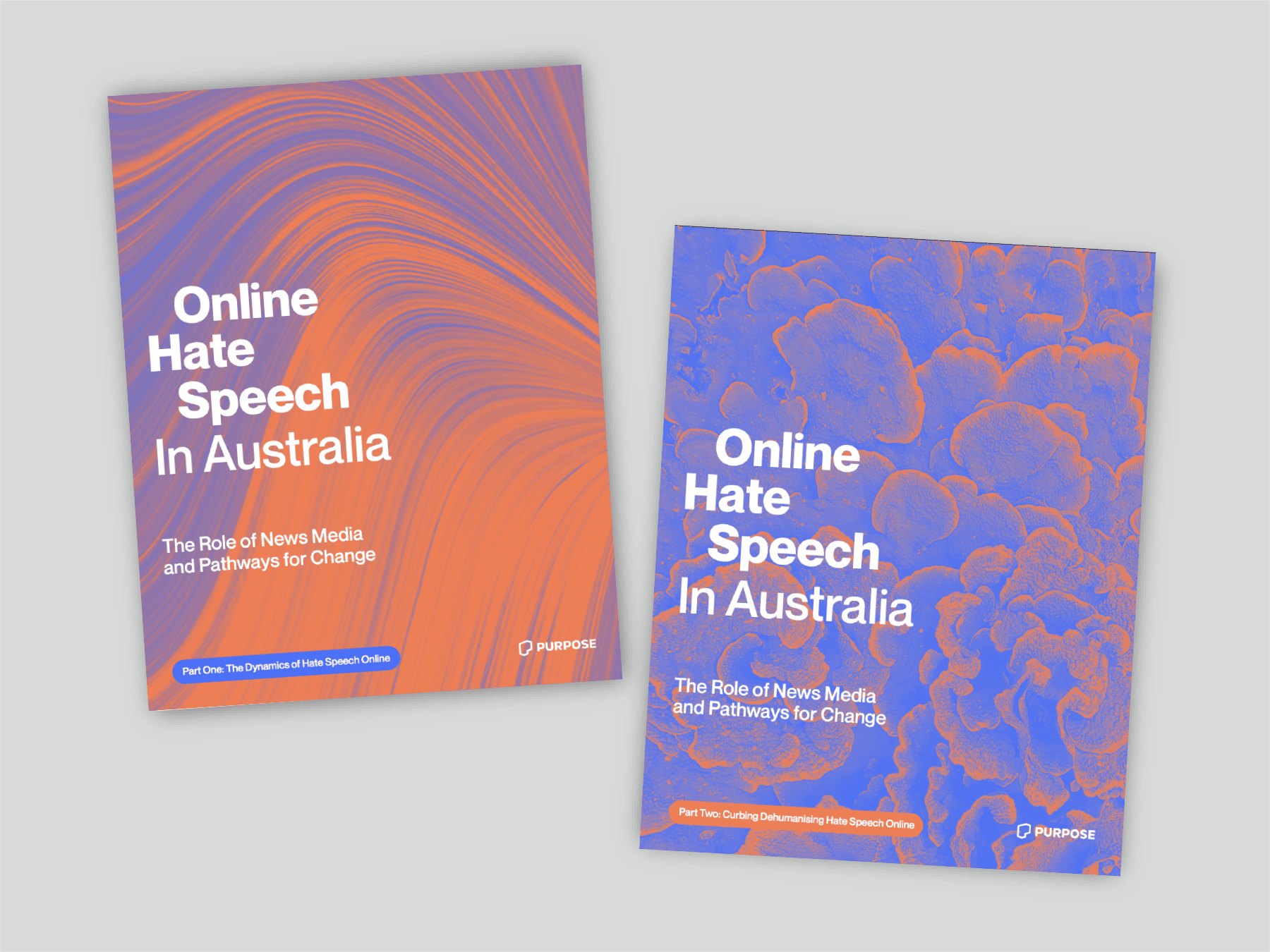Online Hate Speech In Australia: The Role of Media and Pathways for Change
setembro 25, 2023
Online hate speech is a particularly visible and toxic element of social division. It fosters the negative targeting of communities, diminishes peoples’ well-being, erodes social cohesion, and is linked to violence as well as knee-jerk, counterproductive policy design.
Within our complex and evolving information ecosystems, news media institutions have enormous power to influence public discussion and catalyse online activity. For this reason, they require special attention and accountability when it comes to online hate.
In this two-part study, we explore the roles that news media institutions play in the spread and escalation of online hate speech in Australia. Our research has produced practical examples and analysis to support policymakers, community advocates, news media practitioners, technologists, and other stakeholders working to reduce these harms.
Part One: The Dynamics of Hate Speech Online, explores the roles news media actors play in online hate speech, to spotlight the challenges faced by stakeholders today. We have provided four rich case studies that illuminate different ways in which hate speech germinates around news publishing online. We found that the very explicit component of online hate is just one part of a bigger picture, that includes negative framing of communities by the media (deficit discourse), and a system of incentives that shapes relationships between news media and their sources.
We argue that approaches that consider online hate speech without these broader spheres of activity risk missing a crucial element of how online hate manifests. This may, in part, explain why current efforts that take a more narrow focus are failing to curb it.
Part Two: Curbing Dehumanising Hate Speech Online, looks at how these patterns pose major challenges for existing approaches and outlines pathways for change. We begin by reviewing the patchwork of Federal and State legislation and regulation that applies to online hate speech and news media publishing in Australia. We then explore the challenges and loopholes posed by this approach, and examine possible solutions, and barriers, to address these issues.
Finally, we look to other opportunities, outside the regulatory framework, that could reduce the prevalence and harm of online hate. These approaches include tools for greater moderation, monitoring and analysis of dehumanising hate speech, to education initiatives for journalists, as well as coalitions for greater research and knowledge sharing. We conclude the report with recommendations to address these challenges and continue building our understanding.
- Download Part One: The Dynamics of Hate Speech Online
- Download Part Two: Curbing Dehumanising Hate Speech Online
Purpose is continuing this work to understand and counter online hate. If you are dealing with these challenges or working to build social cohesion, we would love to hear from you. Every meaningful change starts with a conversation. Get in touch at purpose.com.

Um guia digital de combate à desinformação.